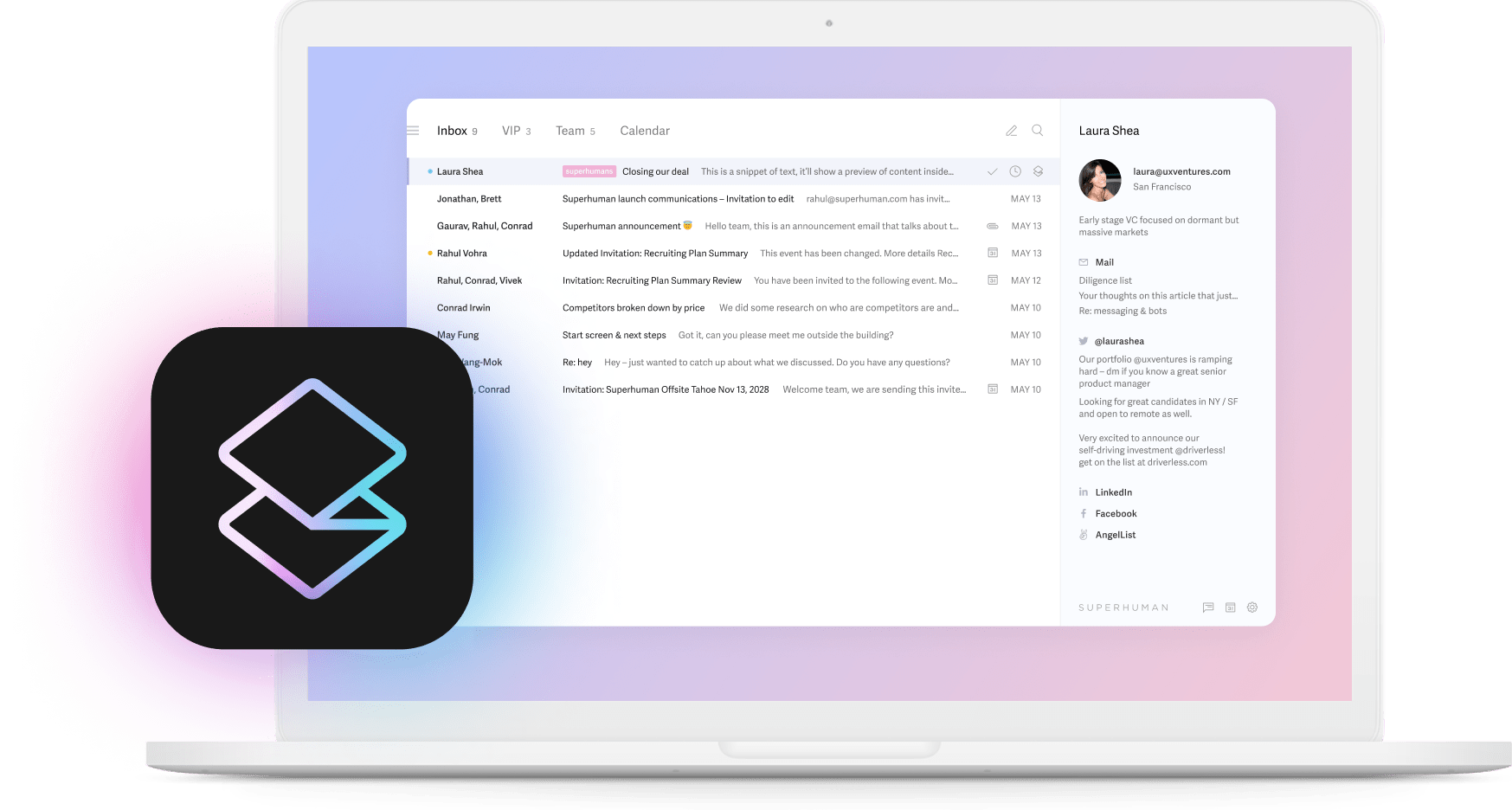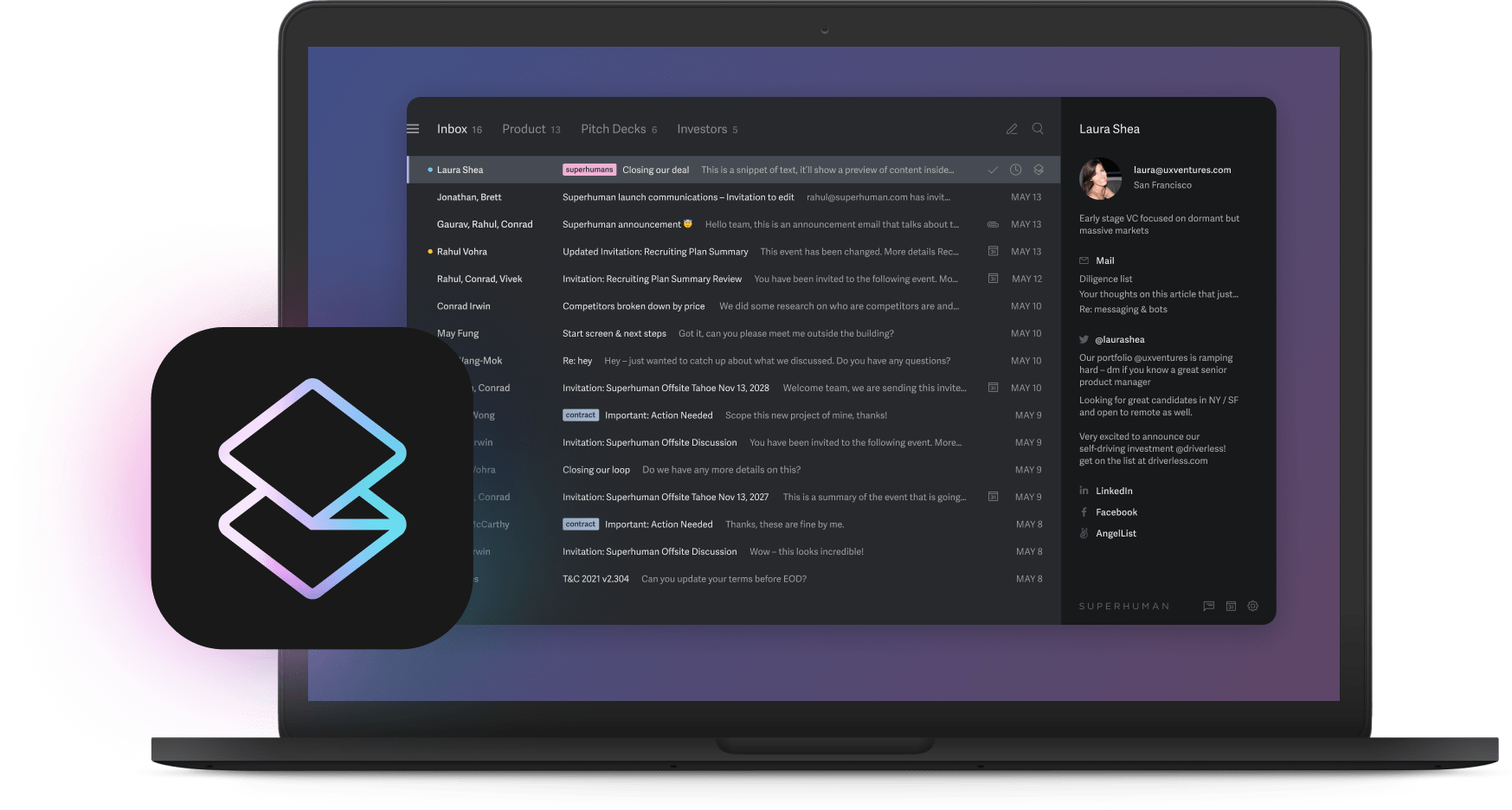
The companies with the best AI governance frameworks are losing to companies with almost none. That should terrify you.
Last year, organizations following every enterprise AI governance best practice watched smaller competitors ship faster, capture markets, and win deals. The frameworks designed to reduce risk have become the biggest risk of all. While governance teams map requirements to NIST, ISO, and EU standards, competitors are already serving customers. By the time approval comes, the market has moved on.
The 18-month governance funeral
Enterprise AI governance typically requires mapping to the NIST AI Risk Management Framework, ISO/IEC 42001, and the EU AI Act. Legal teams review. Compliance teams review. Risk committees review. This process commonly stretches to eighteen months or more, creating a timeline disparity that kills competitiveness.
While traditional enterprises sit in committee meetings, agile competitors launch in three months, iterate at six, refine at twelve, and dominate by sixteen. This isn't just about being slow versus fast. It's about how speed compounds into market dominance. Each month of delay doesn't just mean lost time; it means competitors gain customers, data, and insights that become increasingly impossible to overcome. Large organizations treat governance as protection, but these extended timelines create the very vulnerability they're trying to avoid.
When safety measures become dangerous
Extended review cycles carry costs that compound exponentially. While committees debate theoretical risks, competitors accumulate real customer feedback and market intelligence. They identify actual pain points, test solutions, and build loyalty. This creates a knowledge gap that widens daily. By the time your perfectly governed product launches, competitors have eighteen months of learning you can never recover.
The tragedy is that companies implementing comprehensive governance policies often never actually deploy them. Approval processes outlast product development cycles, and teams focus on hypothetical risks while competitors address actual market needs. This disconnect between intention and execution transforms safety measures into competitive disadvantages.
The contrast with successful AI companies reveals a different path. OpenAI and Anthropic don't skip governance; they embed safety directly into model training rather than creating external approval layers. Their small, focused governance boards understand both technology and business implications, allowing them to maintain safety standards while shipping continuously. They prove that the choice isn't between safety and speed but between effective and ineffective governance models.
Why "best practices" slow you down
Current governance frameworks assume traditional software release cycles, requiring extensive documentation, multiple audits, and sequential approvals. But modern AI development demands weekly or biweekly updates. This fundamental mismatch between framework assumptions and market reality creates systemic delays that no amount of process optimization can fix.
Each requirement serves a purpose: risk mapping catches bias, documentation ensures reproducibility, audits verify compliance. But their cumulative burden makes rapid deployment impossible. Worse, resource constraints mean smaller companies can't even attempt comprehensive governance. This concentrates market power among slow-moving incumbents, ironically increasing the systemic risk these frameworks aim to reduce. The very tools meant to democratize AI end up creating barriers to entry.
Risk committees fear the wrong things
Cybersecurity dominates board agendas while market share evaporates. New AI regulations fill compliance calendars while competitors win deals. Only 18% of organizations have enterprise-wide councils connecting AI risk to business growth. This disconnect between what committees measure and what actually threatens the business creates dangerous blind spots.
Risk committees excel at quantifying technical vulnerabilities. They measure bias percentages to three decimal places, audit security protocols monthly, and document every compliance procedure. But they rarely measure competitive displacement, market share erosion, or innovation stagnation. A 0.1% bias risk gets months of analysis while losing 30% market share to faster competitors gets ignored. This happens because compliance teams get rewarded for preventing visible problems, not for enabling invisible opportunities. The incentive structure drives conservative decision-making that appears safe but proves fatal when markets move faster than governance cycles.
Five truths executives need to hear
Board presentations paint comforting pictures of comprehensive governance, but reality tells a different story. These five truths explain why perfect governance often leads to perfect failure.
First, governance functions don't generate revenue; they control when and how revenue generation occurs. Each day of delay translates directly to competitor advantage, and in AI markets, advantages compound exponentially. Second, perfect safety means zero deployment, which means zero value creation. The safest AI system never interacts with customers, never learns, and never improves. It also never generates returns.
Third, regulatory frameworks consistently lag innovation by years. The EU AI Act addresses technologies from 2019. By the time regulations stabilize, market leaders have established positions that regulation actually protects. Fourth, complex approval processes don't prevent shadow IT; they guarantee it. When official channels take months, teams find workarounds, multiplying the very risks governance aims to prevent. Fifth, time compounds competitively. Each month of delay means competitors gain not just revenue but customers, data, insights, and network effects that become geometric advantages.
These truths don't argue against governance. They argue for governance that matches market velocity rather than fighting it.
The minimum viable governance playbook
Effective AI governance balances speed with safety through five core elements that work together as a system, not a checklist.
Customer feedback must supersede committee approval because real usage data identifies problems faster than any review board. Support tickets surface issues immediately, production metrics reveal patterns theoretical analysis misses, and actual user behavior trumps predicted risks every time. This real-world feedback loop needs to be your primary governance mechanism.
Decision authority belongs with small groups who understand both technical capabilities and business dynamics. OpenAI and Anthropic demonstrate this model: their boards make informed decisions quickly rather than perfect decisions slowly. This concentration of expertise beats distributed committees because it eliminates the coordination overhead that kills speed.
Automation must replace manual reviews wherever possible. Platforms like TrustCloud provide continuous compliance monitoring, logging every model change automatically and enabling instant rollback. This shifts governance from episodic events to continuous processes, catching issues while they're small rather than after they're headlines.
Risk assessment must focus on actual business impact rather than theoretical scenarios. Customer harm matters. Revenue loss matters. Hypothetical edge cases matter less. This prioritization keeps governance aligned with business objectives rather than academic exercises. Finally, governance must evolve with code. Policies should live in version control alongside models, updating within sprint cycles. Documentation stays current because it's part of development, not a separate exercise that immediately becomes outdated.
Speed is your safest strategy
The perception of safety through extensive governance masks a more dangerous reality. Perfect frameworks that require eighteen months don't protect against competitors who ship in three; they guarantee market irrelevance. This isn't hyperbole but mathematical certainty in markets where advantages compound.
Monthly delays don't just mean lost revenue. Competitors gain customer relationships that deepen over time, market intelligence that improves their next iteration, and product improvements that widen the gap. They build network effects that make switching costs prohibitive and data advantages that become insurmountable. By the time perfectly governed products launch, the market has new leaders who got there by shipping imperfectly but learning constantly.
This dynamic shifts organizational culture in ways that become self-reinforcing. "How can we?" becomes "why we can't." Innovation-oriented talent leaves for faster environments. Risk aversion spreads from governance to product development to business strategy. The company that aimed for perfect safety achieves perfect stagnation, protected from lawsuits but not from irrelevance.
The solution requires reconceptualizing governance as an enabler of responsible velocity rather than a brake on irresponsible speed. Ship weekly, not yearly. Monitor continuously, not quarterly. Fix issues while they're minor, not after they're crises. Make governance an accelerator that helps you move faster with confidence, not a weight that drags you down. Because in AI development, the greatest risk isn't moving too fast. It's moving too slowly while competitors define the future without you.






